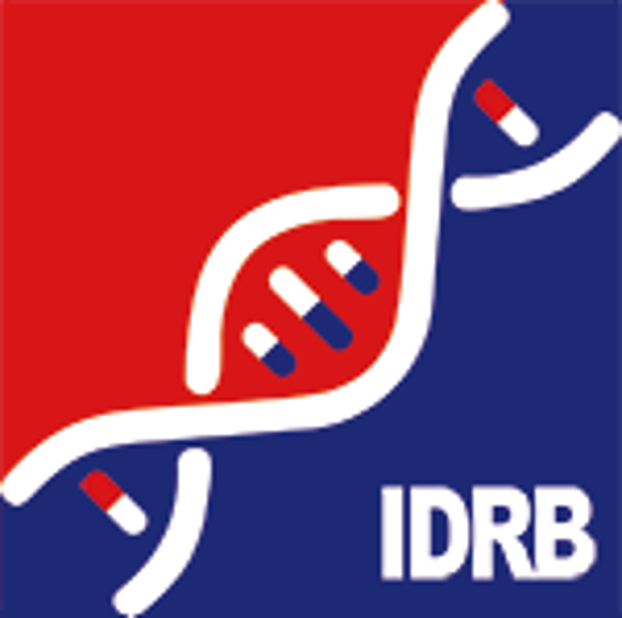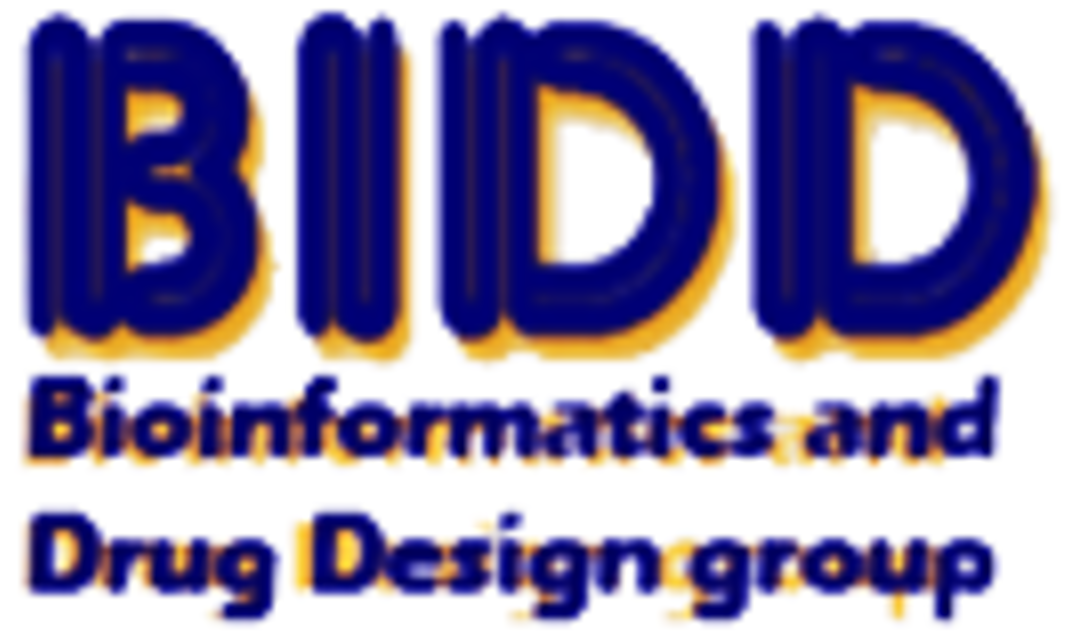Target Information
| Target General Information | Top | |||||
|---|---|---|---|---|---|---|
| Target ID |
T98642
(Former ID: TTDI03448)
|
|||||
| Target Name |
PDZ binding kinase (PBK)
|
|||||
| Synonyms |
TOPK; T-LAK cell-originated protein kinase; Spermatogenesis-related protein kinase; SPK protein; PDZ-binding kinase; Nori-3; MAPKK-like protein kinase; Lymphokine-activated killer T-cell-originated protein kinase; Cancer/testis antigen 84; CT84
Click to Show/Hide
|
|||||
| Gene Name |
PBK
|
|||||
| Target Type |
Literature-reported target
|
[1] | ||||
| Disease | [+] 1 Target-related Diseases | + | ||||
| 1 | Nasopharyngeal cancer [ICD-11: 2B6B] | |||||
| Function |
Seems to be active only in mitosis. May also play a role in the activation of lymphoid cells. When phosphorylated, forms a complex with TP53, leading to TP53 destabilization and attenuation of G2/M checkpoint during doxorubicin-induced DNA damage. Phosphorylates MAP kinase p38.
Click to Show/Hide
|
|||||
| BioChemical Class |
Kinase
|
|||||
| UniProt ID | ||||||
| EC Number |
EC 2.7.12.2
|
|||||
| Sequence |
MEGISNFKTPSKLSEKKKSVLCSTPTINIPASPFMQKLGFGTGVNVYLMKRSPRGLSHSP
WAVKKINPICNDHYRSVYQKRLMDEAKILKSLHHPNIVGYRAFTEANDGSLCLAMEYGGE KSLNDLIEERYKASQDPFPAAIILKVALNMARGLKYLHQEKKLLHGDIKSSNVVIKGDFE TIKICDVGVSLPLDENMTVTDPEACYIGTEPWKPKEAVEENGVITDKADIFAFGLTLWEM MTLSIPHINLSNDDDDEDKTFDESDFDDEAYYAALGTRPPINMEELDESYQKVIELFSVC TNEDPKDRPSAAHIVEALETDV Click to Show/Hide
|
|||||
| 3D Structure | Click to Show 3D Structure of This Target | AlphaFold | ||||
| HIT2.0 ID | T38N69 | |||||
| Cell-based Target Expression Variations | Top | |||||
|---|---|---|---|---|---|---|
| Cell-based Target Expression Variations | ||||||
| Drug Binding Sites of Target | Top | |||||
|---|---|---|---|---|---|---|
| Ligand Name: P-coumaric acid | Ligand Info | |||||
| Structure Description | Crystal structure of PDZ-binding kinase | PDB:5J0A | ||||
| Method | X-ray diffraction | Resolution | 2.74 Å | Mutation | Yes | [3] |
| PDB Sequence |
> Chain A
STPTINIPAS 32 PFMQKLGFGT42 GVNVYLMKRS52 PRGLSHSPWA62 VKKINPICND72 HYRSVYQKRL 82 MDEAKILKSL92 HHPNIVGYRA102 FTEANDGSLC112 LAMEYGGEKS122 LNDLIEERYK 132 ASQDPFPAAI142 ILKVALNMAR152 GLKYLHQEKK162 LLHGDIKSSN172 VVIKGDFETI 182 KICDVGVSLP192 LDENMEVTDP202 EACYIGTEPW212 KPKEAVEENG222 VITDKADIFA 232 FGLTLWEMMT242 LSIPHINLSN252 DDDDEDKTFD262 ESDFDDEAYY272 AALGTRPPIN 282 MEELDESYQK292 VIELFSVCTN302 EDPKDRPSAA312 HIVEALETA> Chain B SVLCSTPTIN 28 IPASPFMQKL38 GFGTGVNVYL48 MKRSPRGLSH58 SPWAVKKINP68 ICNDHYRSVY 78 QKRLMDEAKI88 LKSLHHPNIV98 GYRAFTEAND108 GSLCLAMEYG118 GEKSLNDLIE 128 ERYKASQDPF138 PAAIILKVAL148 NMARGLKYLH158 QEKKLLHGDI168 KSSNVVIKGD 178 FETIKICDVG188 VSLPLDENME198 VTDPEACYIG208 TEPWKPKEAV218 EENGVITDKA 228 DIFAFGLTLW238 EMMTLSIPHI248 NLSNDDDDED258 KTFDESDFDD268 EAYYAALGTR 278 PPINMEELDE288 SYQKVIELFS298 VCTNEDPKDR308 PSAAHIVEAL318 EAA |
|||||
|
|
TRP61[A]
4.946
LYS65[A]
3.416
ILE66[A]
3.620
ASN67[A]
2.795
PRO68[A]
3.306
TYR78[A]
2.597
ARG101[A]
3.287
PHE103[A]
3.777
ALA114[A]
4.355
MET115[A]
4.261
GLU116[A]
3.164
TYR117[A]
2.812
THR209[A]
3.162
GLU210[A]
3.145
PRO211[A]
4.550
PHE266[A]
4.623
TYR271[A]
4.263
TYR272[A]
3.611
LYS65[B]
3.076
ILE66[B]
3.512
ASN67[B]
2.674
PRO68[B]
3.236
TYR78[B]
3.324
ARG101[B]
3.434
PHE103[B]
3.481
ALA114[B]
4.877
MET115[B]
4.208
GLU116[B]
4.301
TYR117[B]
4.060
THR209[B]
3.435
GLU210[B]
2.920
PRO211[B]
4.683
PHE266[B]
4.161
TYR271[B]
4.214
TYR272[B]
3.435
LYS90[B]
3.125
TYR100[B]
4.087
ARG101[B]
3.363
ALA102[B]
3.077
PHE103[B]
3.816
THR104[B]
3.665
GLU105[B]
3.314
|
|||||
| Click to View More Binding Site Information of This Target with Different Ligands | ||||||
| Different Human System Profiles of Target | Top |
|---|---|
|
Human Similarity Proteins
of target is determined by comparing the sequence similarity of all human proteins with the target based on BLAST. The similarity proteins for a target are defined as the proteins with E-value < 0.005 and outside the protein families of the target.
A target that has fewer human similarity proteins outside its family is commonly regarded to possess a greater capacity to avoid undesired interactions and thus increase the possibility of finding successful drugs
(Brief Bioinform, 21: 649-662, 2020).
Human Tissue Distribution
of target is determined from a proteomics study that quantified more than 12,000 genes across 32 normal human tissues. Tissue Specificity (TS) score was used to define the enrichment of target across tissues.
The distribution of targets among different tissues or organs need to be taken into consideration when assessing the target druggability, as it is generally accepted that the wider the target distribution, the greater the concern over potential adverse effects
(Nat Rev Drug Discov, 20: 64-81, 2021).
Biological Network Descriptors
of target is determined based on a human protein-protein interactions (PPI) network consisting of 9,309 proteins and 52,713 PPIs, which were with a high confidence score of ≥ 0.95 collected from STRING database.
The network properties of targets based on protein-protein interactions (PPIs) have been widely adopted for the assessment of target’s druggability. Proteins with high node degree tend to have a high impact on network function through multiple interactions, while proteins with high betweenness centrality are regarded to be central for communication in interaction networks and regulate the flow of signaling information
(Front Pharmacol, 9, 1245, 2018;
Curr Opin Struct Biol. 44:134-142, 2017).
Human Similarity Proteins
Human Tissue Distribution
Biological Network Descriptors
|
|
|
Note:
If a protein has TS (tissue specficity) scores at least in one tissue >= 2.5, this protein is called tissue-enriched (including tissue-enriched-but-not-specific and tissue-specific). In the plots, the vertical lines are at thresholds 2.5 and 4.
|
| Degree | 26 | Degree centrality | 2.79E-03 | Betweenness centrality | 3.27E-04 |
|---|---|---|---|---|---|
| Closeness centrality | 2.36E-01 | Radiality | 1.41E+01 | Clustering coefficient | 7.66E-01 |
| Neighborhood connectivity | 5.90E+01 | Topological coefficient | 1.23E-01 | Eccentricity | 12 |
| Download | Click to Download the Full PPI Network of This Target | ||||
| Chemical Structure based Activity Landscape of Target | Top |
|---|---|
| Target Poor or Non Binders | Top | |||||
|---|---|---|---|---|---|---|
| Target Poor or Non Binders | ||||||
| Target Regulators | Top | |||||
|---|---|---|---|---|---|---|
| Target-regulating microRNAs | ||||||
| References | Top | |||||
|---|---|---|---|---|---|---|
| REF 1 | TOPK inhibitor induces complete tumor regression in xenograft models of human cancer through inhibition of cytokinesis. Sci Transl Med. 2014 Oct 22;6(259):259ra145. | |||||
| REF 2 | PDZ binding kinase (PBK) is a theranostic target for nasopharyngeal carcinoma: driving tumor growth via ROS signaling and correlating with patient survival.Oncotarget. 2016 May 3;7(18):26604-16. | |||||
| REF 3 | The crystal structure of an inactive dimer of PDZ-binding kinase. Biochem Biophys Res Commun. 2016 Aug 5;476(4):586-593. | |||||
If You Find Any Error in Data or Bug in Web Service, Please Kindly Report It to Dr. Zhou and Dr. Zhang.

